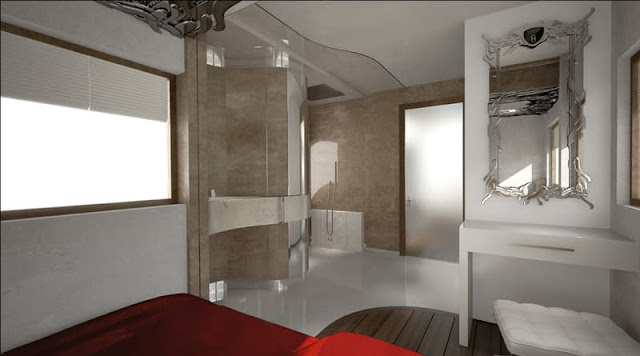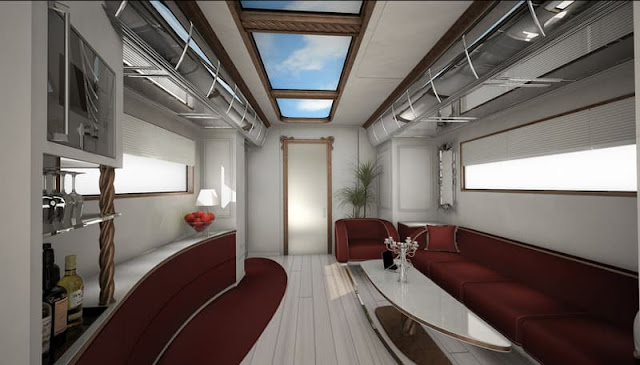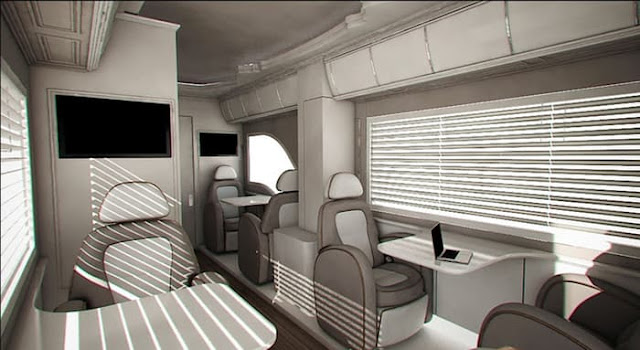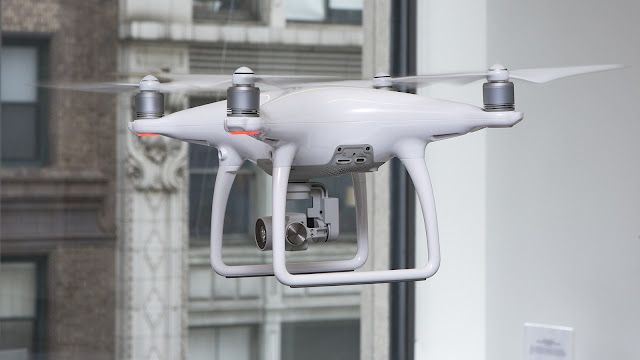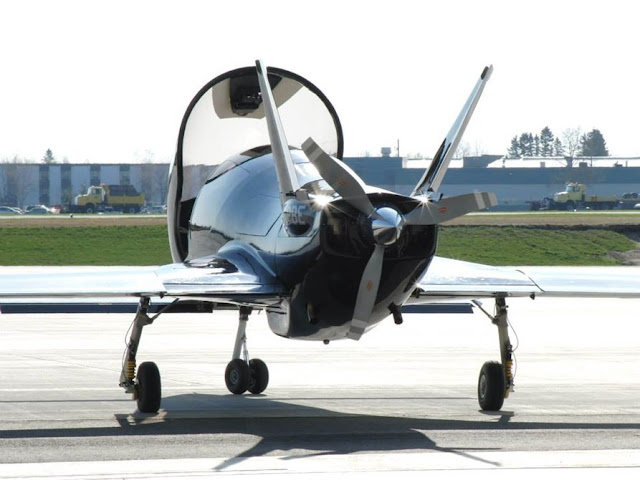The sexiest drone that DJI ever designed, welcome to the era of VISION.
How do you make one of the very best drones out there even better? Take out the single factor that is guaranteed to screw things up - human error.
When DJI revealed the Phantom 4 drone in New York this month, we were expecting a refined design and style, much better battery life, and possibly even a camera upgrade or two.
We got all three, but it was the surprise extras that really turned heads.
Now that we've had time to see the new crash avoidance and automatic tracking systems in action, it is about time to bring you some early first impressions on what could turn out to be the greatest quadcopter out there.
“The Phantom 4, it’s the first consumer unit that can see the world around it and adjust accordingly, the next big step towards a truly autonomous aircraft.” — The Verge, March 1, 2016
“Smarter, leaner, faster, stronger? That's the promise with DJI's Phantom 4 ” — Engadget, March 1, 2016
“This quadcopter can do something other drones can’t: keep you and me from being idiot pilots.” — The Wall Street Journal, March 1, 2016
The Phantom 4 is an evolution of the Phantom 3, and from the appearance, it might be tough for a drone novice to tell them apart.
The matt white plastic has been swapped out for a glossy finish, with the physique and landing gear slimmed down to cut a much better line through the air, but otherwise, the basic design and style hasn't changed.
The camera gimbal is supported on each side now, rather than just one, and a lot of the mechanism has been moved inside the drone body, which once more helps with the aerodynamics.
Exposing the motors gives it a lot more aggressive appearance, but also tends to make room for the activity LEDs to sit underneath them. This will let skilled pilots get that small bit closer to walls and obstacles when flying in low light.
Even the landing gear has been redesigned, with longer, thicker legs that ought to imply safer landings even if it is really windy.

Combine that with DJI's Care plan, and you shouldn't have to worry about accidents keeping you grounded.
All minor tweaks by themselves, for sure, but as a whole, they give the Phantom 4 a significantly fresher appeal - even if it meant ditching the coloured go-faster stripes of the old models.
The 4K camera on the Phantom 3 could produce some incredible looking video, so it's not an enormous surprise that DJI hasn't messed with the formula.
The sensor stays the same for the Phantom 4, with just with a few little tweaks.
The lens has been upgraded for sharper images, especially at the edges of your shots, and for much less distortion.
DJI's demo footage looked fantastic, but we'll need to see video side-by-side with the Phantom 3 to see if the differences are straightforward to spot.
You'll be capable of shooting 1080p at 120fps for the first time, which ought to make for some cool slo-mo shots, but the 4K recording is still stuck at 30fps.
An enhancement to 60fps would have been an ace, but seeing as the DJI Inspire does not even do that, it's not a surprise to see it missing here.
It's how you will use the camera that's changed, with ActiveTrack taking the challenge out of flying and focusing on an object at the same time.
Rather than flying the drone and controlling the camera angle simultaneously (usually two-individual jobs for professional drone photographers), the Phantom 4 lets you tap on the remote screen to choose a target.
The drone then creates a 3D model of that object and automatically keeps it in the frame as you fly around. You can make fine adjustments to focus, framing and camera settings on the fly, or let the Phantom do all the adjustments.

It really is brilliantly simple and allows for perfect tracking even in crowded areas.
Even better, the Phantom can do all this while maintaining an eye out for obstacles - keeping you from crashing your ultra-expensive drone since you had been also busy following the action on the ground.
Two cameras on the front and two on the bottom of the drone develop a 3D model of the planet around it, with the electronic brain inside looking for trees, walls, and any other barriers that would otherwise bring it down.
Try to drive the Phantom 4 into a wall and it'll automatically slam on the brakes. Aim it at an obstacle, and it'll go above or about it before returning to its original trajectory. If the 3D model cannot locate a way around, it'll just hover in location until you take control once more.
This safety net will be perfect for novice pilots, but it gets even simpler. TapFly is the second new flight mode, which ditches the twin stick controller in favour of touchscreen controls.
Tap a button to take off, set the maximum distance you want it to fly away from you, and the Phantom 4 will move towards the horizon. You can tap anywhere on the live video feed and the drone will alter the path.
It dodges obstacles in this mode as well, so newbies can get closer to their subjects even if they haven't got the talent to keep it steady by hand.
Twin ultrasonic sensors combine with the cameras to help keep the drone perfectly level when hovering. Other Phantoms we've used continually adjust their position, inches at a time, but the Phantom 4 was eerily steady - if the propellers weren't spinning, you'd feel it was frozen in mid-air.
It's impressive stuff, and we cannot wait to see what kinds of footage will begin springing up on YouTube as soon as knowledgeable pilots get their hands on one.
The Phantom 3 was hardly a slouch, but the Phantom 4 is a bit of a speed demon.
Usually, it can zip along at 35mph, but switch to Sport mode and you'll get a Quick and Furious-style nitrous boost that pushes the top speed up to 45mph.
It becomes a complete beast when you are flying at full whack, with impeccable speed and agility. DJI's pilots compared it to flying the pro-level Inspire, only for considerably less cash.
You are going to burn through batteries a lot faster in Sport mode, so newbie pilots must stick to Regular mode to remain up in the air longer.
DJI has boosted flight time to 28 minutes, up from 23 in the Phantom 3, but has utilized a bigger battery to do it. That indicates any spare batteries you've got for an existing Phantom are rendered useless.
The tweaked looks, faster top speed and enhanced camera lens are all welcome modifications, but it's the clever object tracking and automatic flight modes that will make it ideal for novice pilots and experienced aerial photographers alike.
At $1399.00 it is much more expensive than the Phantom 3 Professional, but if you've waited this long to get onboard the drone bandwagon, the higher price definitely looks worth it.













